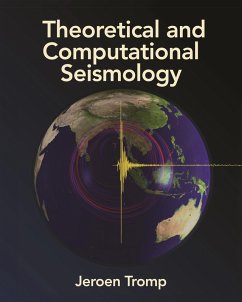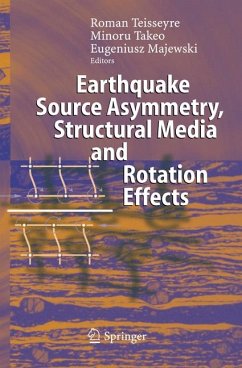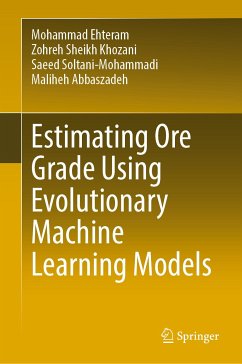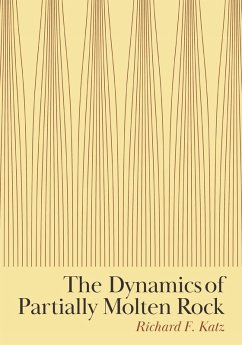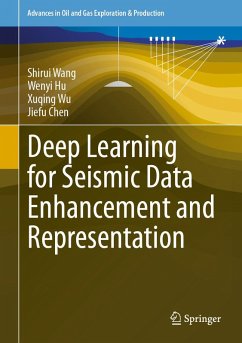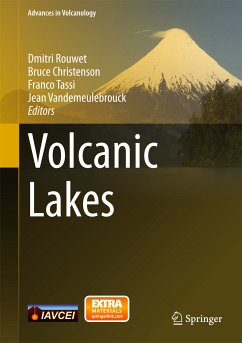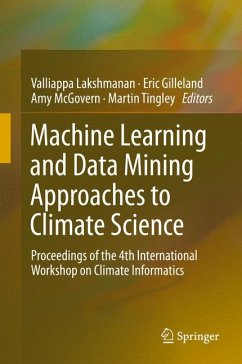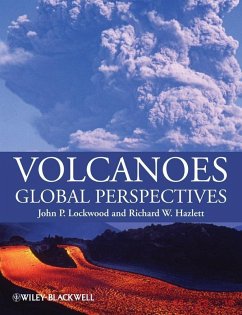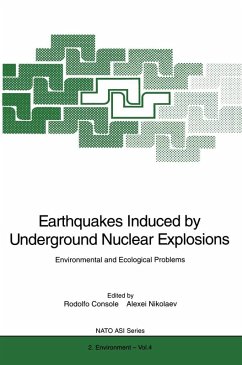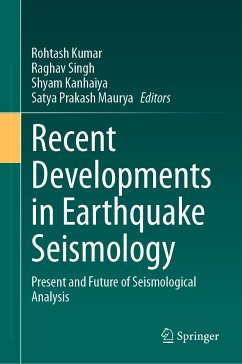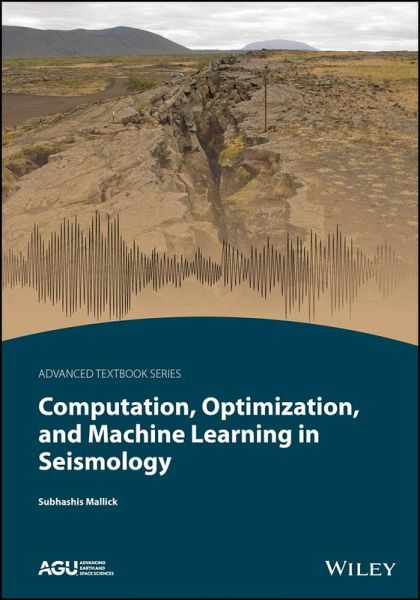
Computation, Optimization, and Machine Learning in Seismology (eBook, PDF)
Versandkostenfrei!
Sofort per Download lieferbar
99,99 €
inkl. MwSt.
Weitere Ausgaben:

PAYBACK Punkte
0 °P sammeln!
A textbook applying fundamental seismology theories to the latest computational toolsThe goal of computational seismology is to digitally simulate seismic waves, create subsurface models, and match these models with observations to identify subsurface rock properties. With recent advances in computing technology, including machine learning, it is now possible to automate matching procedures and use waveform inversion or optimization to create large-scale models.Computation, Optimization, and Machine Learning in Seismology provides students with a detailed understanding of seismic wave theory, ...
A textbook applying fundamental seismology theories to the latest computational tools
The goal of computational seismology is to digitally simulate seismic waves, create subsurface models, and match these models with observations to identify subsurface rock properties. With recent advances in computing technology, including machine learning, it is now possible to automate matching procedures and use waveform inversion or optimization to create large-scale models.
Computation, Optimization, and Machine Learning in Seismology provides students with a detailed understanding of seismic wave theory, optimization theory, and how to use machine learning to interpret seismic data.
Volume highlights include:
The goal of computational seismology is to digitally simulate seismic waves, create subsurface models, and match these models with observations to identify subsurface rock properties. With recent advances in computing technology, including machine learning, it is now possible to automate matching procedures and use waveform inversion or optimization to create large-scale models.
Computation, Optimization, and Machine Learning in Seismology provides students with a detailed understanding of seismic wave theory, optimization theory, and how to use machine learning to interpret seismic data.
Volume highlights include:
- Mathematical foundations and key equations for computational seismology
- Essential theories, including wave propagation and elastic wave theory
- Processing, mapping, and interpretation of prestack data
- Model-based optimization and artificial intelligence methods
- Applications for earthquakes, exploration seismology, depth imaging, and multi-objective geophysics problems
- Exercises applying the main concepts of each chapter
Dieser Download kann aus rechtlichen Gründen nur mit Rechnungsadresse in D ausgeliefert werden.




